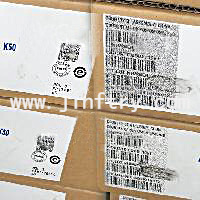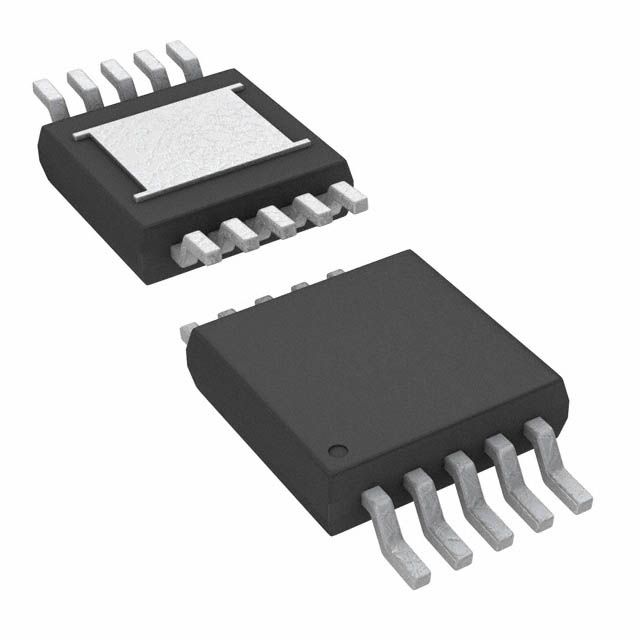RSK33N10KF10K0016 Product Introduction:
Vishay Sfernice Part Number RSK33N10KF10K0016(Resistor Networks, Arrays), developed and manufactured by Vishay Sfernice, distributed globally by Jinftry. We distribute various electronic components from world-renowned brands and provide one-stop services, making us a trusted global electronic component distributor.
RSK33N10KF10K0016 is one of the part numbers distributed by Jinftry, and you can learn about its specifications/configurations, package/case, Datasheet, and other information here. Electronic components are affected by supply and demand, and prices fluctuate frequently. If you have a demand, please do not hesitate to send us an RFQ or email us immediately sales@jinftry.com Please inquire about the real-time unit price, Data Code, Lead time, payment terms, and any other information you would like to know. We will do our best to provide you with a quotation and reply as soon as possible.
Resistor Networks and Arrays are the basic components of electronic circuits, which combine multiple resistors through a specific arrangement and connection mode to form a circuit structure with a specific function. In simple terms, the resistor network refers to a circuit that is connected by a number of resistors according to a certain law, and the resistor array refers to that these resistors are arranged in the form of an array in order to achieve a specific circuit function more efficiently. The main function of resistor networks and arrays is to regulate, distribute and control the current and voltage in the circuit. Through reasonable design and layout, they can realize signal attenuation, voltage division, filtering and other functions, so as to improve the performance and stability of the circuit.
Application
The role of Resistor Networks and Arrays is particularly significant. In high performance self-return-to-zero programmable instrumentation amplifiers, resistance array circuit is the core part of high precision measurement. At the same time, in the design of electronic products, resistor networks are often used to adjust circuit parameters and protect components from overcurrent damage. Resistor network and array are also widely used in analog signal processing, digital signal processing, communication system and other fields, becoming the key technology to achieve high precision measurement and signal processing. In addition, with the rise of emerging technologies such as the Internet of Things and smart homes, resistor networks and arrays are increasingly widely used in sensor networks and signal processing modules.
FAQ about Resistor Networks, Arrays
-
1. What is a resistor array?
Array structure composed of multiple resistors
Resistor array refers to a structure formed by combining multiple resistors in a certain arrangement. This structure is widely used in electronic circuits and is mainly used to realize specific circuit functions, such as voltage division, filtering, impedance matching, etc.
Basic composition and types of resistor arrays
Resistor arrays are usually composed of multiple resistors, which can be arranged in one or two dimensions. According to the arrangement method and application requirements, resistor arrays can be divided into the following types:
One-dimensional resistor array: resistors are arranged in a straight line or curve, which is suitable for occasions where linear distributed resistors are required.
Two-dimensional resistor array: resistors are arranged in a matrix form in a plane, which is suitable for occasions where complex distributed resistors are required.
Application of resistor arrays in electronic circuits
Resistor arrays have many applications in electronic circuits, mainly including:
Voltage divider: voltage division can be achieved through resistor arrays, which are often used for signal conditioning and voltage reference.
Filter: By combining resistor arrays with capacitors, low-pass, high-pass or band-pass filters can be formed for signal processing.
Impedance matching: In high-frequency circuits, resistor arrays are often used to achieve impedance matching to ensure smooth signal transmission.
Op amp feedback circuit: In operational amplifiers, resistor arrays are used to form feedback loops, which affect the performance of the amplifier.
-
2. Does the resistor network have polarity?
Resistor networks do not have polarity. Resistors themselves have no polarity. Whether they are fixed resistors, adjustable resistors or various sensitive resistors, there is no distinction between positive and negative poles. The main difference between resistors lies in the difference in resistance value and packaging, not polarity.
In a resistor network, the way the resistors are connected determines the behavior of the circuit.
-
3. How to solve a resistor network?
The basic methods for solving resistor networks include using Kirchhoff equations, symmetry simplification, current distribution method, limit method, etc.
Kirchhoff's Equations
Kirchhoff's equations are a general method for solving complex circuits, which include two types of equations:
Node current law: The sum of the outflow currents at any node in the circuit is equal to the sum of the inflow currents.
Loop voltage law: The sum of the voltage drops in any closed loop in the circuit is equal to zero.
Symmetry simplification
Use the symmetry in the network structure to simplify the calculation of equivalent resistance. If there are completely symmetrical points in the circuit, the potentials of these points are equal, and the circuit can be simplified by connecting or disconnecting these points.
Current distribution method
By analyzing the distribution of current in the circuit, the law of current distribution is used to simplify the calculation. For example, after finding the law of current distribution in a complex circuit, the circuit can be simplified by merging or disconnecting certain parts.
Limit method
In some cases, a specific problem is solved by taking the limit. For example, assuming that when a voltage is applied between two points, the voltage drop of some resistors is zero, thereby simplifying the circuit.
 Lead free / RoHS Compliant
Lead free / RoHS Compliant


























